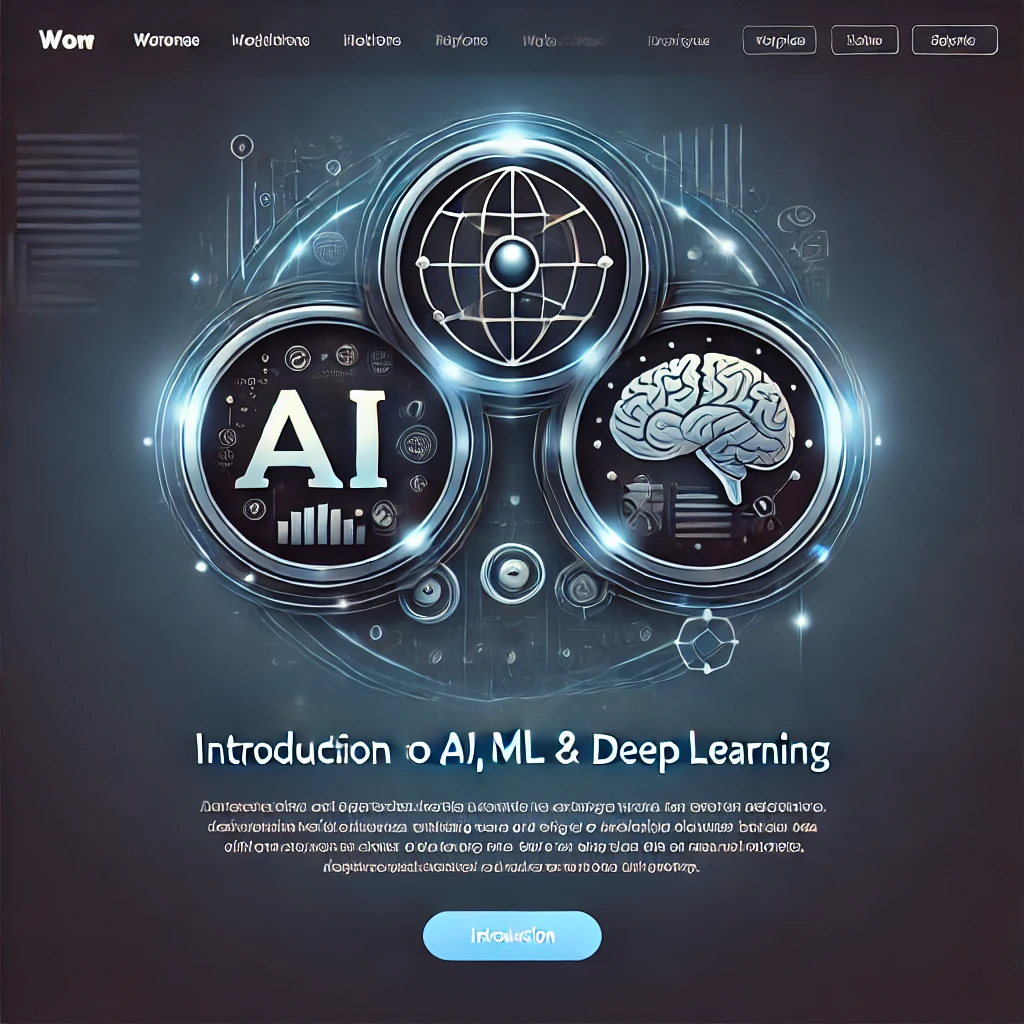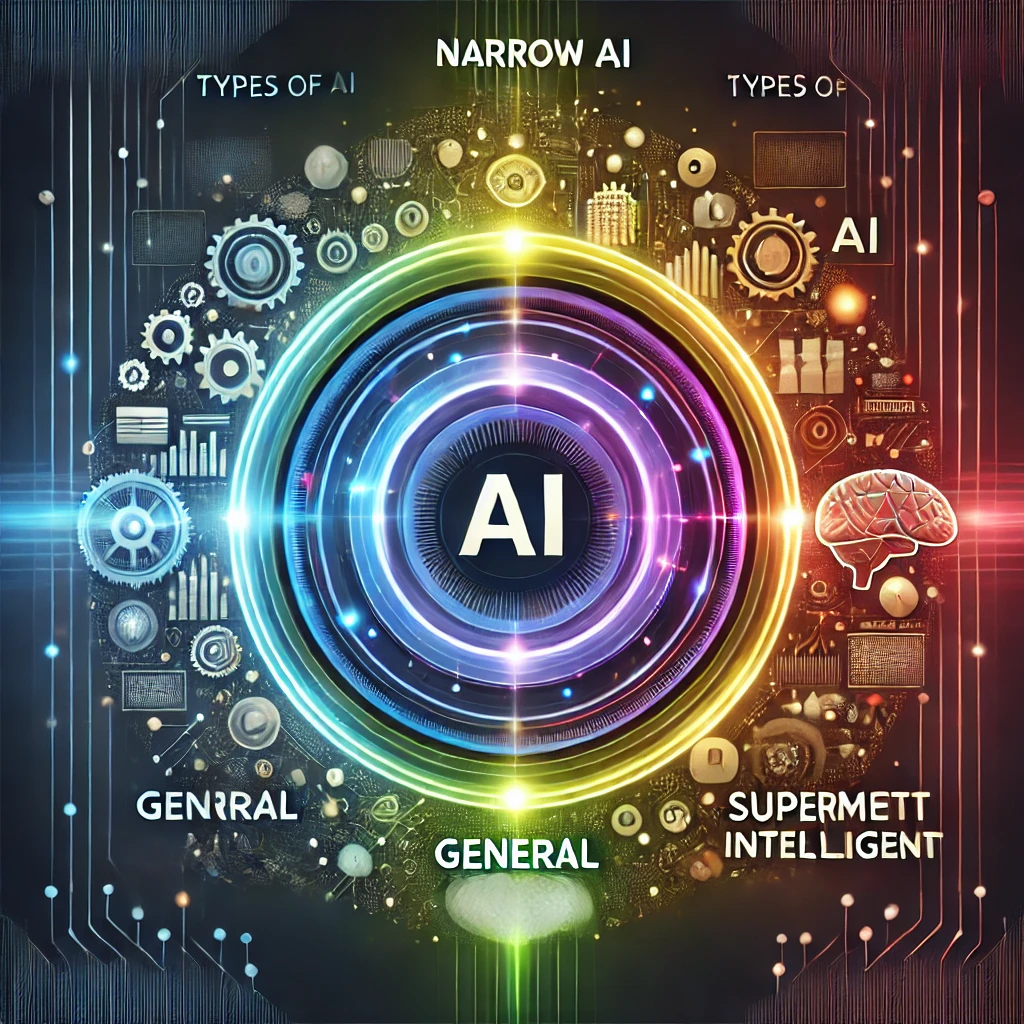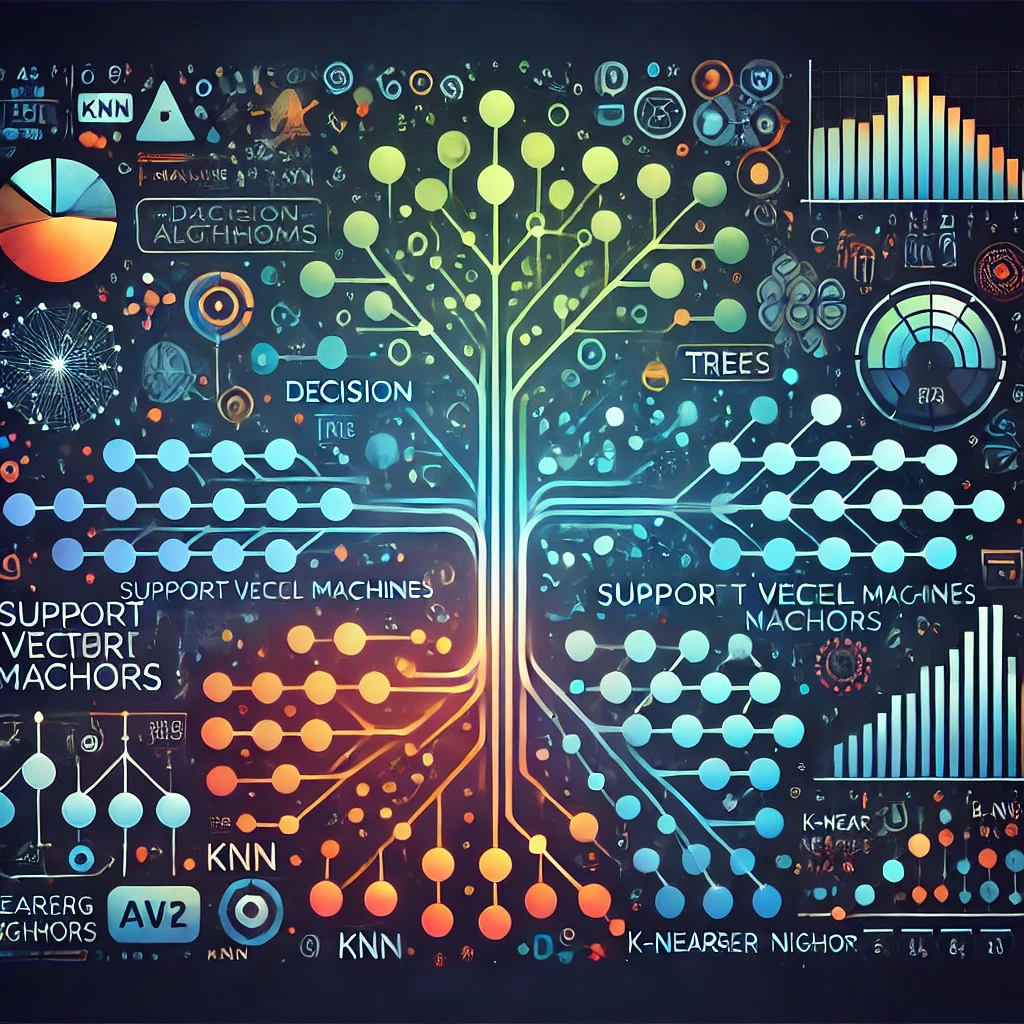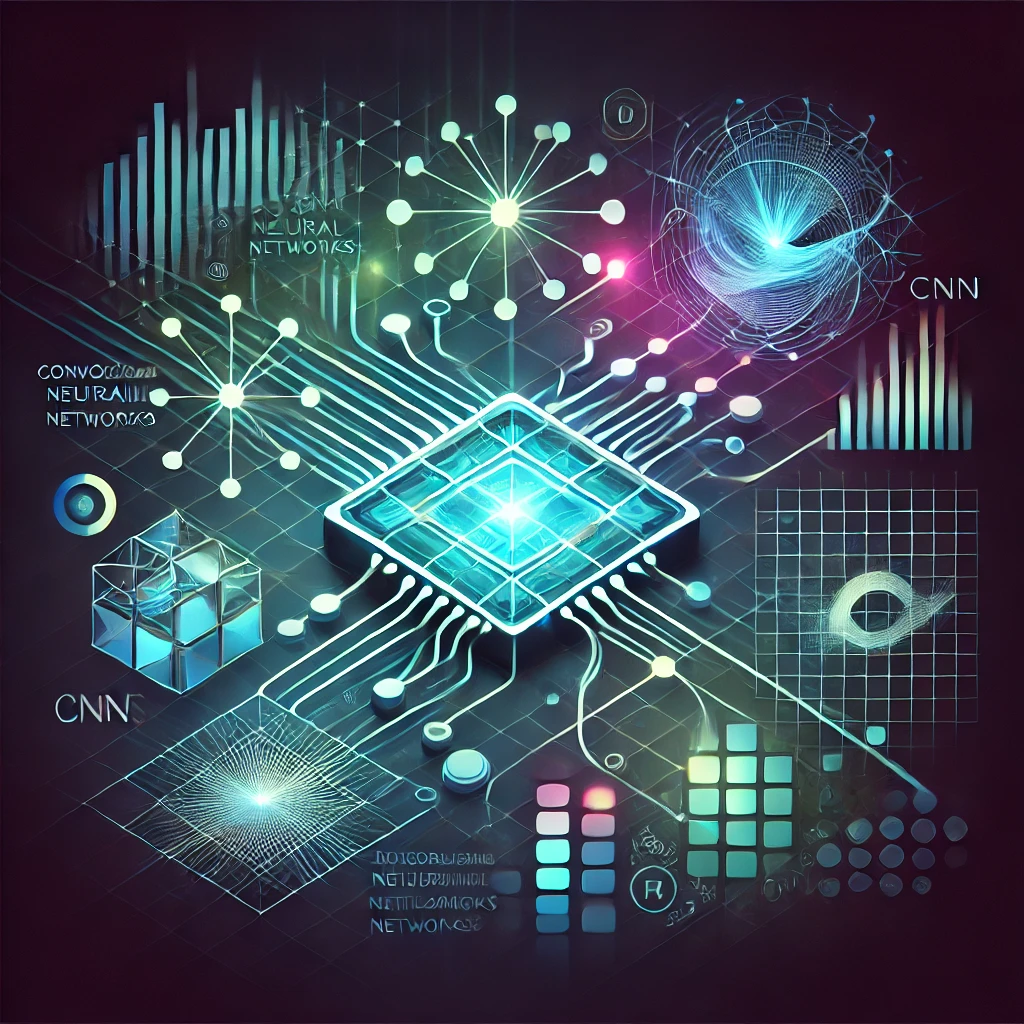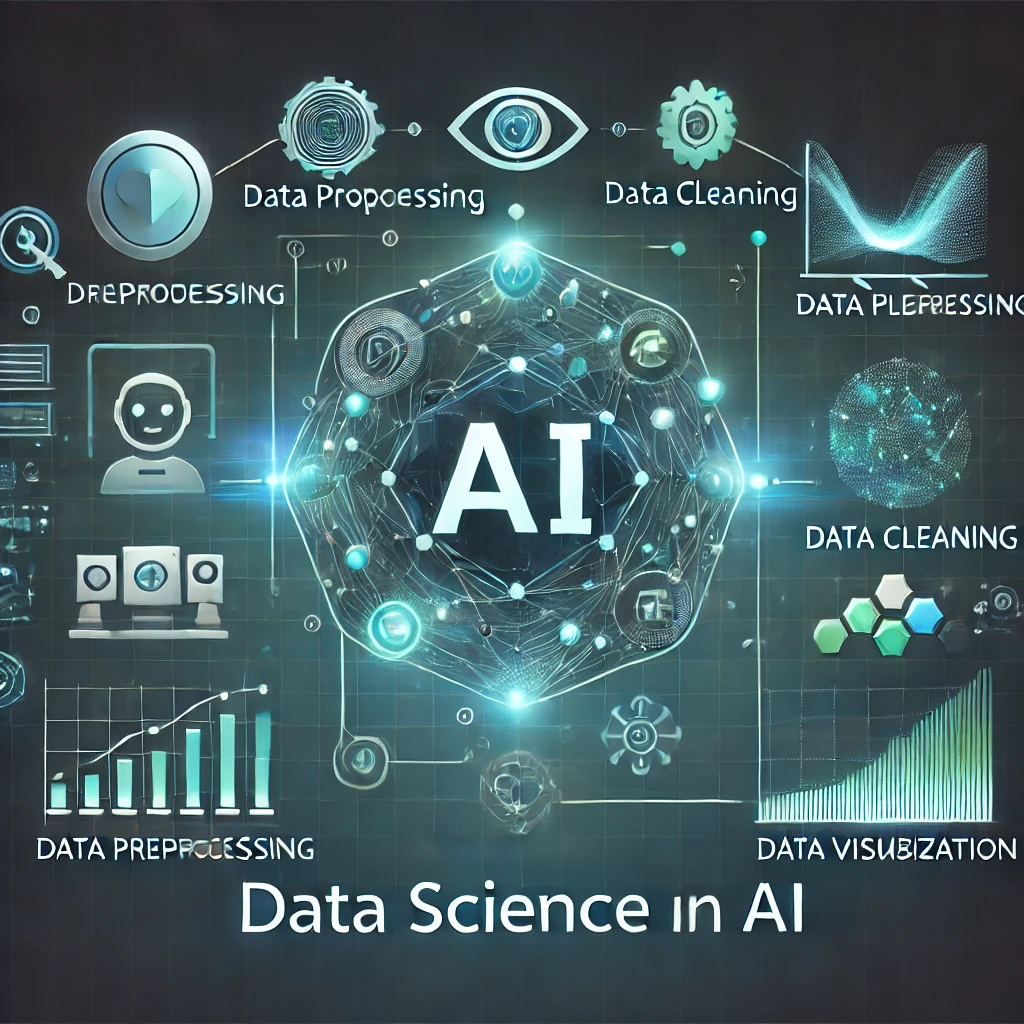Introduction to Artificial Intelligence: Unlocking the Future of Technology
Artificial Intelligence (AI) is transforming our world in ways we never thought possible. From self-driving cars to smart personal assistants and complex data analysis, AI is at the core of technological advancements in almost every field. But what exactly is artificial intelligence, how does it work, and what are the real implications of this rapidly evolving technology?
In this post, we’ll dive into the basics of AI, covering its types, current applications, and the potential it holds for the future.
What is Artificial Intelligence?
Artificial Intelligence is the simulation of human intelligence processes by machines, especially computer systems. These processes include learning, reasoning, and self-correction. AI can be as simple as a software program playing a game or as complex as deep neural networks capable of understanding language, recognizing images, and making predictions.
At its core, AI relies on algorithms—step-by-step procedures or formulas used to solve problems. When these algorithms are combined with vast datasets and powerful computational resources, they allow machines to process information, learn from data, and improve over time.
Types of Artificial Intelligence
AI can be broadly categorized into three types based on its capabilities:
- Narrow AI (Weak AI): This is the most common form of AI we encounter today. Narrow AI systems are designed for a specific task and cannot perform beyond their programming. For example, voice assistants like Siri and Alexa, recommendation engines on streaming platforms, and chatbots are all examples of narrow AI.
- General AI (Strong AI): General AI refers to machines that can understand, learn, and apply intelligence across a wide range of tasks—similar to human intelligence. Although we see it depicted in movies and literature, general AI does not yet exist in real life, as creating such adaptable and flexible intelligence remains a massive challenge.
- Superintelligent AI: Theoretical and speculative, superintelligent AI is envisioned as an intelligence far surpassing human capabilities in all aspects, including problem-solving, creativity, and social intelligence. While researchers debate the likelihood of achieving superintelligent AI, it continues to be a topic of both excitement and caution.
Key Technologies Powering AI
AI encompasses several key technologies that contribute to its functionality:
- Machine Learning (ML): Machine learning is a subset of AI where algorithms learn from data and improve over time without explicit programming. Examples include spam filters, facial recognition, and recommendation systems.
- Deep Learning: A more advanced form of ML, deep learning uses neural networks—structures inspired by the human brain—to analyze vast amounts of data. Deep learning is essential for complex tasks such as image and speech recognition.
- Natural Language Processing (NLP): NLP enables machines to understand, interpret, and generate human language. This technology is behind applications like language translation, sentiment analysis, and conversational AI, such as chatbots.
- Computer Vision: This field allows computers to interpret and make decisions based on visual information. Computer vision is used in facial recognition, medical imaging, and autonomous vehicles.
Real-World Applications of Artificial Intelligence
AI is already making significant impacts across various sectors:
- Healthcare: AI algorithms are used to analyze medical images, predict patient outcomes, and even assist in developing new drugs. For instance, AI systems can detect anomalies in X-rays and MRIs faster and sometimes more accurately than human radiologists.
- Finance: Banks and financial institutions use AI for fraud detection, credit scoring, and customer service through automated chatbots. AI systems analyze transaction patterns to flag suspicious activity, providing an extra layer of security.
- Transportation: Self-driving cars and autonomous drones rely on AI to navigate complex environments. Companies like Tesla and Waymo are leading the charge in making transportation safer and more efficient with AI-powered solutions.
- Retail and E-commerce: AI is widely used to improve customer experiences by personalizing recommendations, optimizing inventory management, and enhancing customer service. Retail giants like Amazon use AI to recommend products based on user behavior and purchase history.
- Education: AI is used in adaptive learning platforms that personalize educational content for individual students, helping them learn at their own pace. This makes education more accessible and tailored to diverse learning styles.
Benefits and Challenges of AI
The benefits of AI are vast: it can increase efficiency, reduce human error, and open new possibilities in almost every field. However, AI also poses significant challenges, particularly regarding ethics and security.
Benefits of AI:
- Efficiency and Productivity: AI can automate repetitive tasks, allowing humans to focus on higher-value work.
- Data Analysis: AI’s ability to process vast datasets helps make more informed decisions, leading to better outcomes in business, healthcare, and other sectors.
- Enhanced Creativity: AI tools are being used to assist in creative processes, from music composition to visual arts.
Challenges of AI:
- Ethics and Bias: AI systems can inherit biases from the data they are trained on, leading to unfair or discriminatory outcomes. Ensuring fairness and transparency in AI is a growing field of research.
- Privacy Concerns: AI-powered tools often require access to personal data, raising privacy issues and concerns about surveillance.
- Job Displacement: Automation through AI can lead to job displacement in certain sectors, posing challenges to the workforce.
The Future of Artificial Intelligence
The future of AI holds tremendous potential, with advancements in areas like quantum computing, ethical AI, and human-AI collaboration on the horizon. Quantum computing, for instance, could exponentially increase AI’s processing power, leading to breakthroughs that are unimaginable today.
As AI continues to evolve, it will likely reshape our society, industries, and daily lives. From personalized medicine to self-learning robots, the possibilities are endless—and so are the responsibilities. The development of ethical frameworks, safety protocols, and regulatory oversight will be essential to ensure that AI benefits all of humanity.
Conclusion
Artificial Intelligence is more than just a buzzword—it’s a transformative force that is already changing our world. As we continue to innovate and explore the potential of AI, it’s crucial to approach it thoughtfully, balancing the benefits with ethical considerations and societal impact.
AI is not just about creating intelligent machines; it’s about enhancing human potential, solving complex problems, and building a future that can benefit everyone. This journey into the AI age is just beginning, and its impact will define the technological landscape for generations to come.
